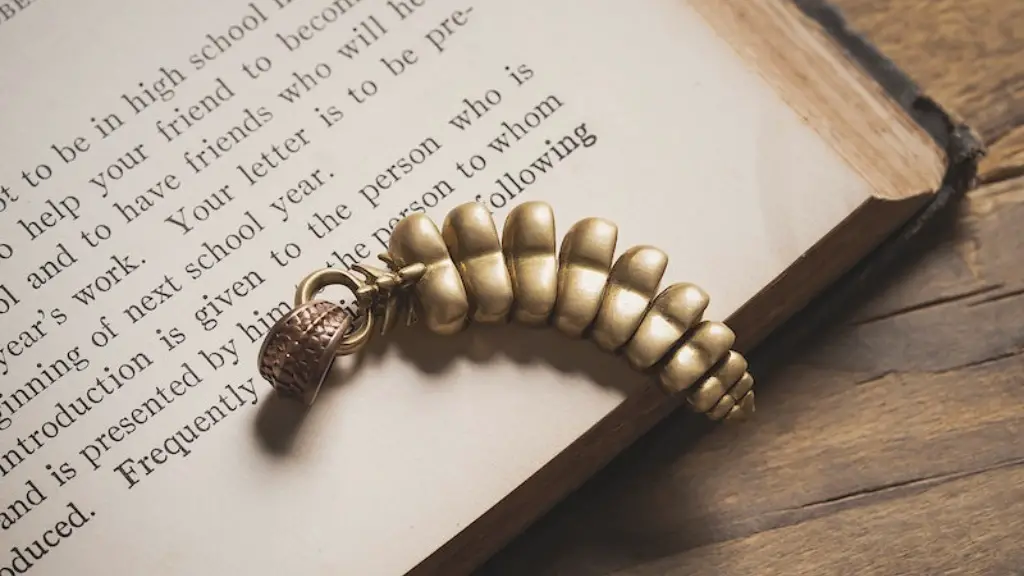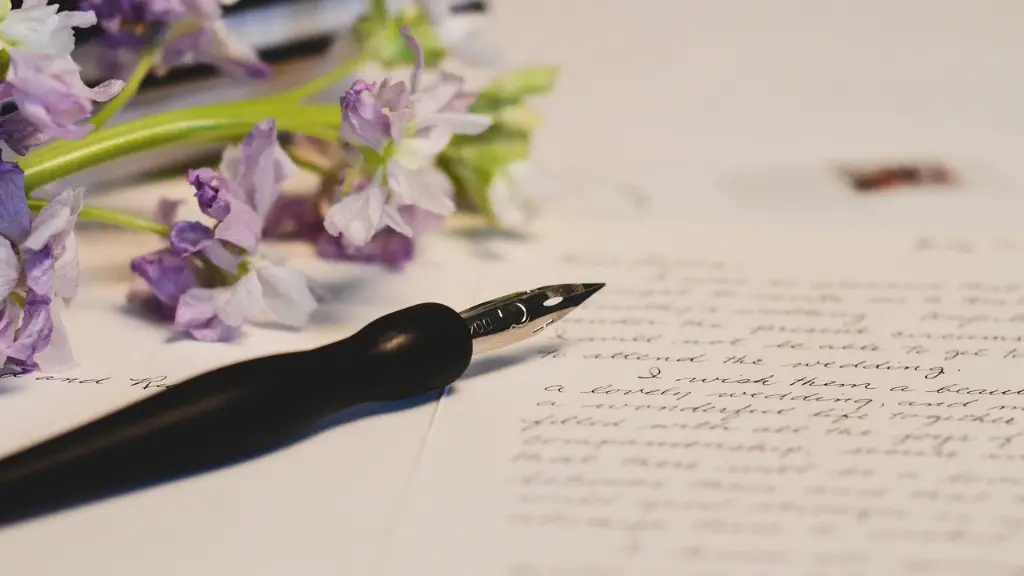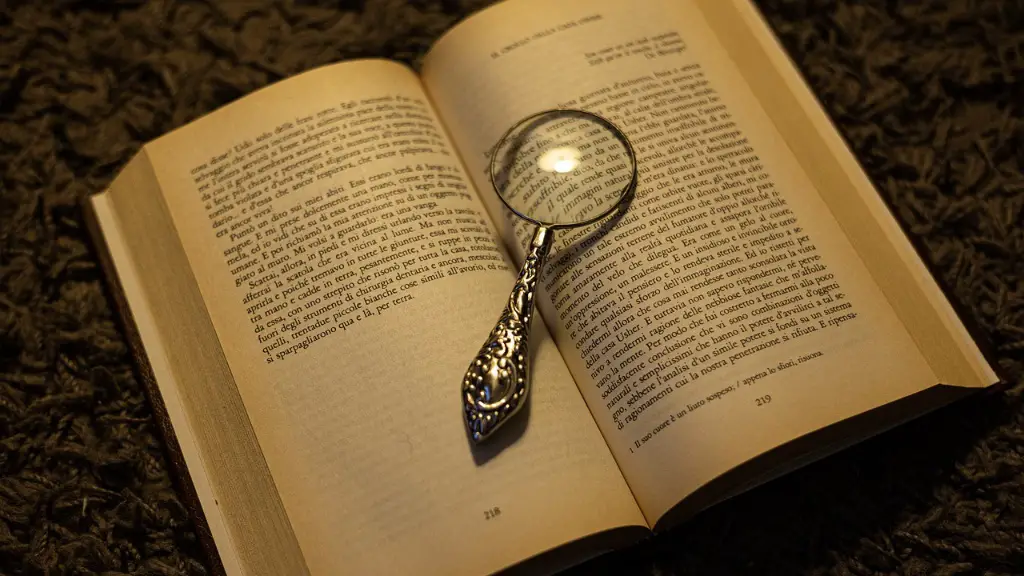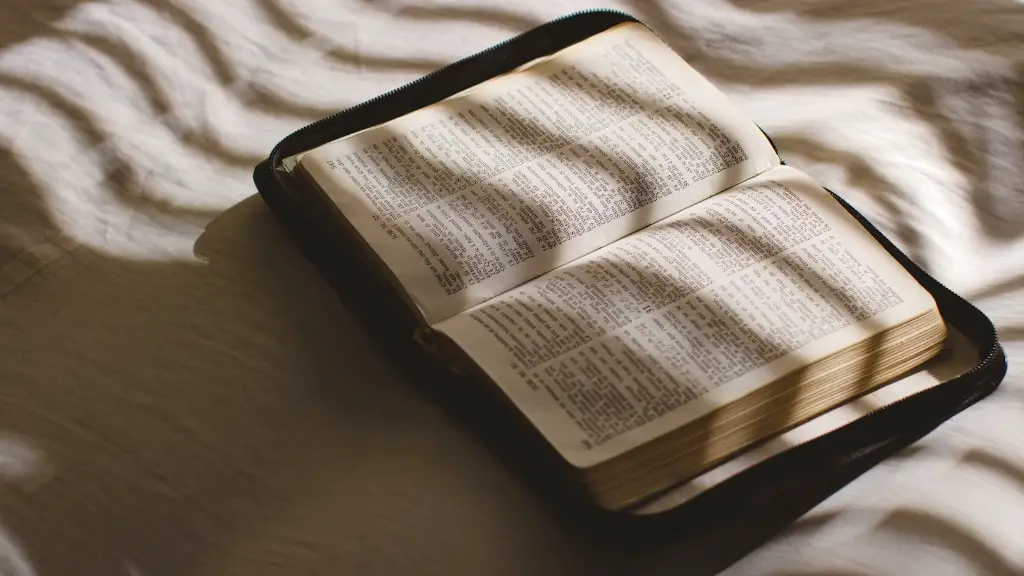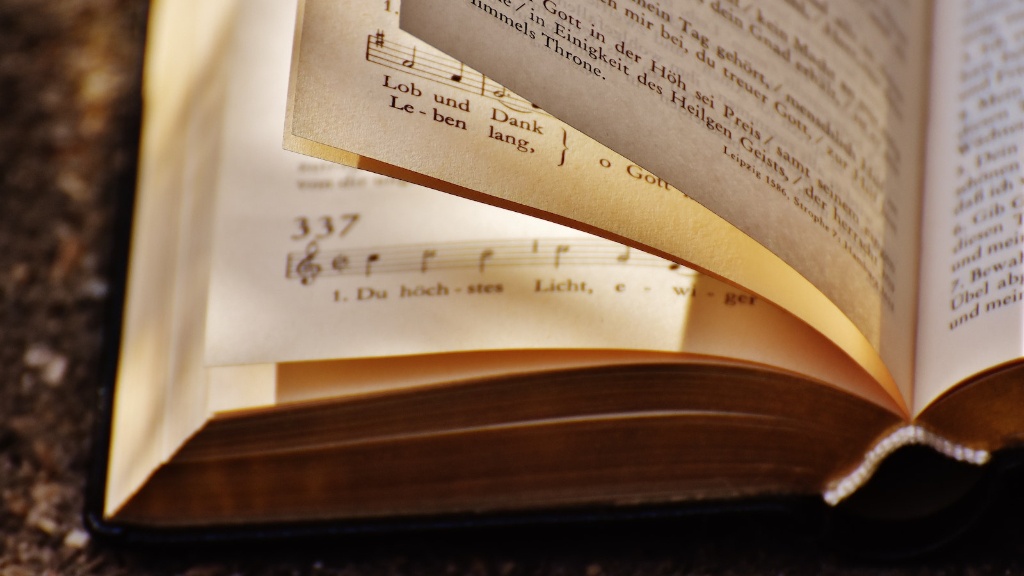Troubadour Poetry
Troubadour poetry, otherwise known as Occitan Literature, is a poetic form that evolved out of the traditions of the Provençal-speaking Troubadours in 12th century France. The Troubadours were a group of poets and minstrels who composed and performed original songs, mostly to the aristocracy. Troubadour poetry is characterized by its intricate rhyme and meter, its highly sophisticated nature, and its often-profound insight into the matters of love, relationships and politics. Its structure, which is often described as “courtly love”, is based on the idea that a poetic voice speaks to a female audience, expressing a passionate longing for her presence and offers of love and attention. The distinct metre of troubadour poetry consists of syllables that are generally organized into quatrains and often feature an intricate rhyme scheme.
The earliest Troubadours were mostly men in the courts of the nobles of the day. While some of their songs were love songs, others were concerned with political or social issues. Troubadours were well educated, often writing in Latin and sometimes in Provençal. As the tradition of Troubadour poetry spread, it was embraced by both men and women and began to be seen as a way to express one’s deepest emotion. Troubadour poetry soon became a popular form of entertainment and was widely used to communicate the feelings of love, sorrow, joy and loss.
Troubadour poetry was written in a variety of forms, including ballads, lyrics, and epics. It was often seen as a powerful tool for conveying feelings and emotions. Troubadour poetry was often categorised into three types: lyrical, didactic and epic. Lyrical poetry, as the name suggests, is written to express feelings and emotions. Didactic poetry was intended to educate, while epic poetry was meant to tell stories or recount events in a very grand and dramatic way.
Troubadour lyrics were often written to music, with the poet creating suitable tunes to accompany their words. Music was an integral part of Troubadour poetry, as it provided more versatility and depth. As the years passed, the courtly tradition of Troubadour poetry was embraced by many, becoming a source of inspiration and comfort. Today, Troubadour poetry is still very much alive, captivating new audiences with its intricate rhymes and entrancing melodies.
Troubadour Poetry and Popular Culture
In the modern world, Troubadour poetry has been embraced by popular culture in the form of films, novels, and music. For instance, the film “Braveheart” (1995) featured troubadour-style poetry, with the main character not only singing it but also passionately delivering it to convince the Scots to go to battle. Troubadour lyrics were also featured in the popular novel “The Princess Bride” (1973), in which the main character recited love poems to two of the ladies in the book.
Popular music has also embraced Troubadour poetry, with many contemporary artists using the style to convey their messages and feelings. For example, Taylor Swift’s song “Love Story” (2008) is infused with the themes and structure of Troubadour poetry, with its passionate lyrics and a dramatic structure—warning her lover of the risks of love while also professing her wish to be together forever.
The themes of Troubadour poetry are timeless, and its appeal and relevance remain strong, even in modern times. Its powerful rhymes and intricate structures are still being used to express, entertain, and educate, making it an ever-popular form of literature, one that is sure to be around for centuries to come.
Troubadour Poetry and Literary Criticism
Troubadour poetry has long been an interesting subject for literary critics. Many see it as an example of a form of writing that transcends the traditional bounds of poetry and goes beyond simply conveying feelings or emotions, to explore the human condition or other philosophical issues. For instance, some critics have argued that the Troubadours were not only interested in love, but were also exploring issues such as loyalty, virtue, and faith.
Others have argued that Troubadour poetry was a form of social commentary, a way for the poets to express their concerns about the society of their time. In fact, many Troubadours composed songs in response to political and social issues, such as injustice and war.
Troubadour poetry has also been used to discuss the motivation and nature of love. While some of the songs simply express a longing for a partner or a loved one, many delve deeper, exploring the psychology of love and its deeper meanings.
Ultimately, the power of Troubadour poetry lies in its ability to captivate the listener and engage them in a dialogue or exchange. This makes it a compelling form of literature, one that has withstood the test of time and still resonates with those seeking its insight into the human heart and soul.
Troubadour Poetry and Musical Theatre
Troubadour poetry has also made its way into the realm of musical theatre. Contemporary musicals such as “Les Miserables” (1980) or “The Book of Mormon” (2011) have featured Troubadour-style lyrics and music to bring their stories to life. Songs such as “Do You Hear the People Sing” (from Les Miserables) and “I Believe” (from The Book of Mormon) blend very powerful lyrics with entrancing music to capture the emotion and intensity of both stories.
Troubadour poetry has also been embraced by other forms of theatre, with many modern plays utilizing its timeless themes to convey their messages. William Shakespeare’s plays often had a strong Troubadour influence, with many of his characters singing verses that would have sounded at home in the courts of the Troubadours. Moreover, some scholars have argued that Shakespeare was inspired by Troubadour poetry, which may have served as a source of inspiration for some of his more memorable verses.
Finally, modern-day poets, filmmakers and musicians have embraced Troubadour-style poetry, using its themes and structures to create works just as powerful and captivating as the works of the Troubadours themselves.
Conclusion on Troubadour Poetry
Troubadour poetry is a timeless form of literature that continues to be embraced and loved by audiences around the world. Its intricate rhymes and beautiful music serve as a powerful way to express emotion and explore both the world of the present and the world of our ancestors.
Troubadour poetry is a beloved art form, one that has survived the centuries and continues to influence and inspire. From the courts of medieval France, to contemporary theatre and music, Troubadour poetry is an ever-evolving form of literature, one that will be around for many centuries to come.
